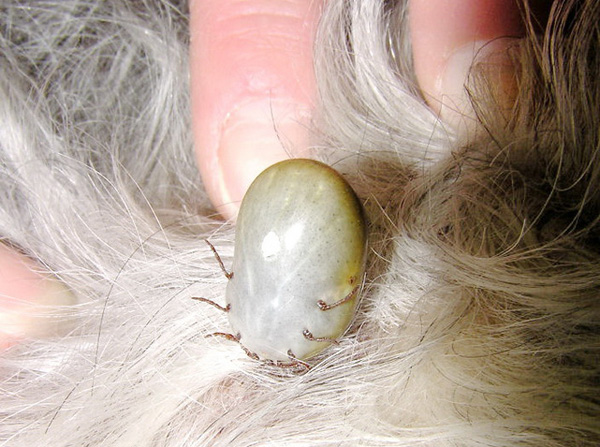MORE NEWS...
Use the portal below to browse all news items back to 2011 without leaving this page. You can also filter news by topics, or use the Search form to search by keywords. Note that using the search form will search the entire site and present search results in a new page.
Paralysis Tick warning
A warning for dog owners planning to travel away from the Alpine area of the very high dangers of your dog or cat picking up a potentially fatal paralysis tick while you are away.
Fortunately, we were able to save both dogs this time, but with summer holidays coming up it’s timely to think about protecting your pets from ticks. A bite from a paralysis tick is always nasty for the afflicted dog, and can lead to serious health issues and, potentially, death if not caught in time.
If you plan on travelling with your pets in the next few months the best thing you can do is to use a spot-on tick treatment such as Advantix or Frontline prior to and during your travels. There are also effective tick collars available. Advantix and similar products do not guarantee that your dog will not attract a tick but they dramatically reduce both the risk and the effect.
You should also get into the habit of checking your dog or cat daily for signs of ticks. If you spot one, get your pet to the nearest vet right away. Don’t delay — once the tick’s venom reaches the heart there is often little the vet can do.
The most common areas in which paralysis ticks are found are Northern NSW and the whole of Queensland, although they are present in all states. Bushland and open areas with tall grass are the most likely places your dog will pick up a tick (or ticks) but they can be present in any outdoor area, including the back garden. They will often drop off possums and native birds or other wildlife garden visitors, and hop onto the next animal that passes, which may be your dog or cat, or even yourself.
Paralysis ticks are always a problem during the warmer months of the year but this season the ticks are reported to be active very early in the season. Reports are also indicating that, following the record wet season of last year, tick populations have exploded and they are apparently around in unprecedented numbers, heightening the risk of a paralysis tick attaching itself to your pet.
There are also indications that this season’s ticks are apparently smaller than normal but are carrying a much more potent neurotoxin than in previous years.
They’re nasty little creatures so we urge all pet owners to be vigilant when travelling with pets, and to be aware that they may even get into our own region this season.
How a tick affects your pet:
Usually the tick will ‘lie in wait’ on a stalk of grass or other vegetation and drop onto the animal as it brushes past. It is usually the female who attaches to animals. The tick then attaches itself to the dog by burrowing into the skin, where it sucks the blood and injects a neurotoxin called holocyclotoxin, which causes paralysis. The tick is fairly small when it attaches to its host, growing as it consumes more blood. Symptoms do not usually show up immediately, taking hours or even days before poisoning becomes apparent. However, once the toxin is in the bloodstream it keeps moving so it is best to get your pet to a vet as quickly as possible if you discover a tick.
Once symptoms do begin to show the situation is more serious and requires immediate treatment. A dog or cat affected by a paralysis tick may show the following symptoms…
- Loss of appetite.
- Vomiting or dry retching, excessive salivation, difficulty swallowing, difficulty breathing, or coughing.
- A change in the depth and tone of the dog’s bark, often getting ‘squeaky.’
- Noisy panting.
- Difficulty swallowing.
As the neurotoxin takes hold symptoms will progress to…
- Weakness in the hind legs, progressing to the front legs. The dog may not be able to jump or will appear wobbly and uncoordinated as paralysis sets in.
- Incontinence.
- Laboured breathing.
- Coma.
If you see any of these symptoms, keep the animal calm, remove all food and water and get to the vet.

